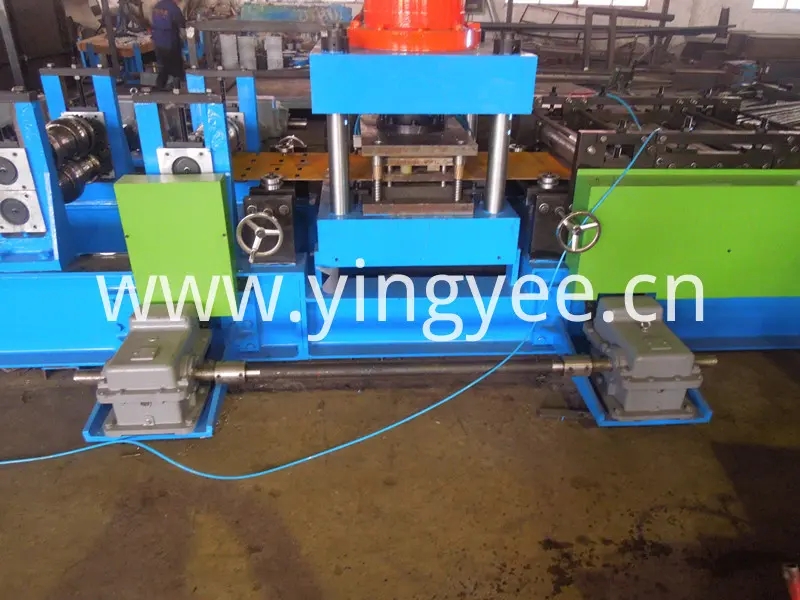
Understanding Coil Slitting Machine Lines An Essential Tool in Metal Processing
In the realm of metal processing, the importance of precision cannot be overstated. One crucial piece of equipment that underscores this significance is the coil slitting machine line. This advanced machinery is designed to convert large coils of metal into narrower strips, enabling manufacturers to meet specific requirements for various applications, including automotive, construction, and appliance industries.
What is a Coil Slitting Machine Line?
A coil slitting machine line comprises a series of components working in unison to cut wide metal coils into narrower strips with exact specifications. The primary components typically include the uncoiler, slitting dies, tensioning devices, and recoilers. The process begins with the uncoiler, which unwinds the metal coil and feeds it into the slitting section where the actual cutting occurs. Here, multiple cutting blades are positioned to slice the metal into desired widths. After slitting, the narrow strips are recoiled for further processing or shipment.
Applications of Coil Slitting
Coil slitting machines are utilized across various industries due to their versatility. In the automotive sector, for instance, companies require specific gauges of steel for parts like body panels and frames. Similarly, in construction, these machines can produce strips of metal for roofing materials, siding, and structural components. The appliance industry also benefits, needing precise strips for manufacturing appliances such as refrigerators and washing machines.
Furthermore, the increasing demand for lightweight yet strong materials drives innovation in slitting technologies. Manufacturers are continually searching for efficiencies that allow them to produce strips that meet tight tolerances while minimizing waste.
Technological Advancements in Coil Slitting

Over the years, coil slitting machines have evolved significantly, integrating advanced technologies for improved performance. Automation plays a crucial role in modern slitting lines, enhancing not only operational efficiency but also safety. Automated systems can streamline the adjustment of slitting parameters, reducing setup times and ensuring consistent quality across production runs.
Additionally, advancements in blade design and materials have improved the cutting capabilities of slitting lines. High-speed steel and carbide blades offer longer life spans and better cutting accuracy, reducing the frequency of blade changes. Computerized control systems allow for real-time monitoring and adjustments, enabling manufacturers to quickly respond to changes in material or specifications.
Benefits of Coil Slitting Machine Lines
Investing in a coil slitting machine line delivers multiple benefits to manufacturers. First and foremost, these machines enhance productivity by allowing for high-volume production with minimal downtime. The precision offered by modern slitting lines reduces material waste, leading to cost savings.
Moreover, the ability to produce custom-width strips caters to specific client needs, fostering better business relationships and customer satisfaction. This adaptability is crucial in a competitive market where clients often require tailored solutions.
Conclusion
In conclusion, coil slitting machine lines are indispensable in the metal processing industry, transforming large coils into the finely crafted strips needed for various applications. With ongoing advancements in technology, these machines are becoming more efficient, safer, and capable of producing higher quality outputs. As industries strive to meet increasing demands and ever-tightening specifications, the role of coil slitting machines will only grow more vital, ensuring that they remain at the forefront of manufacturing processes for years to come.